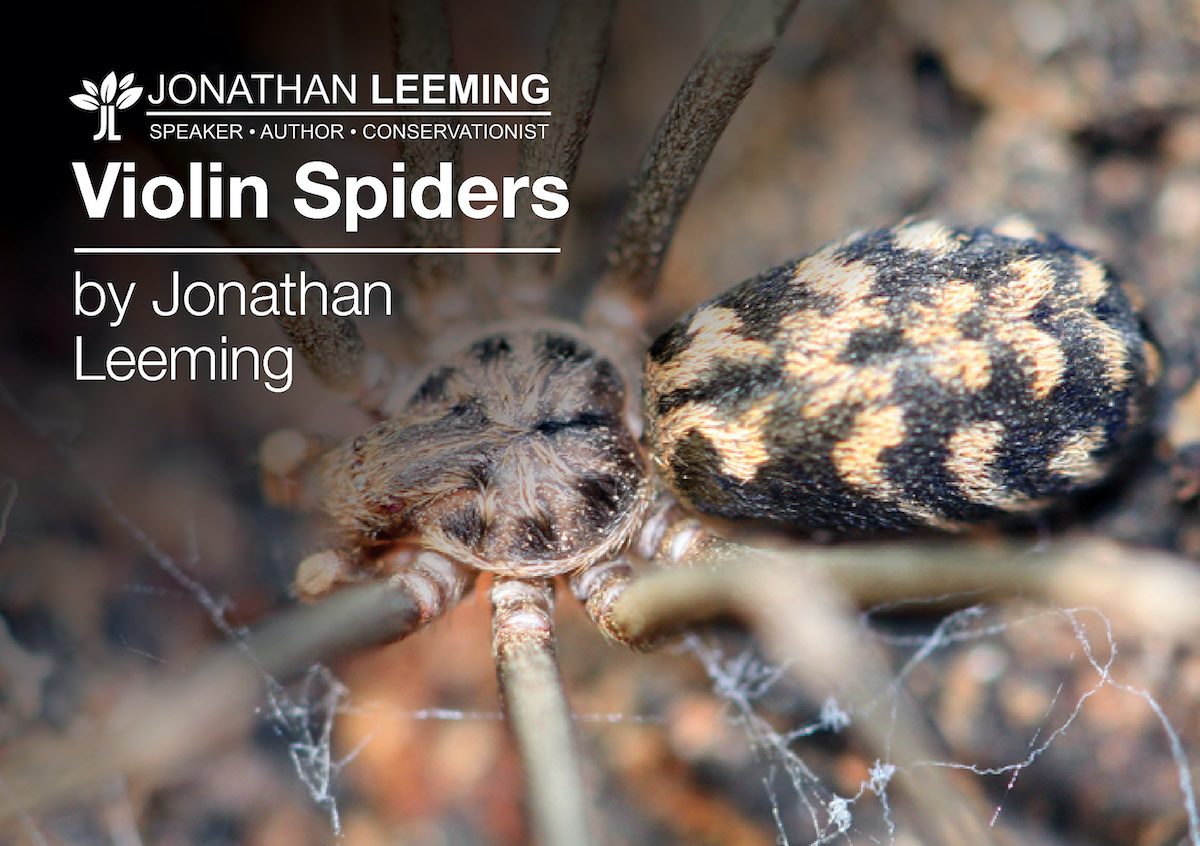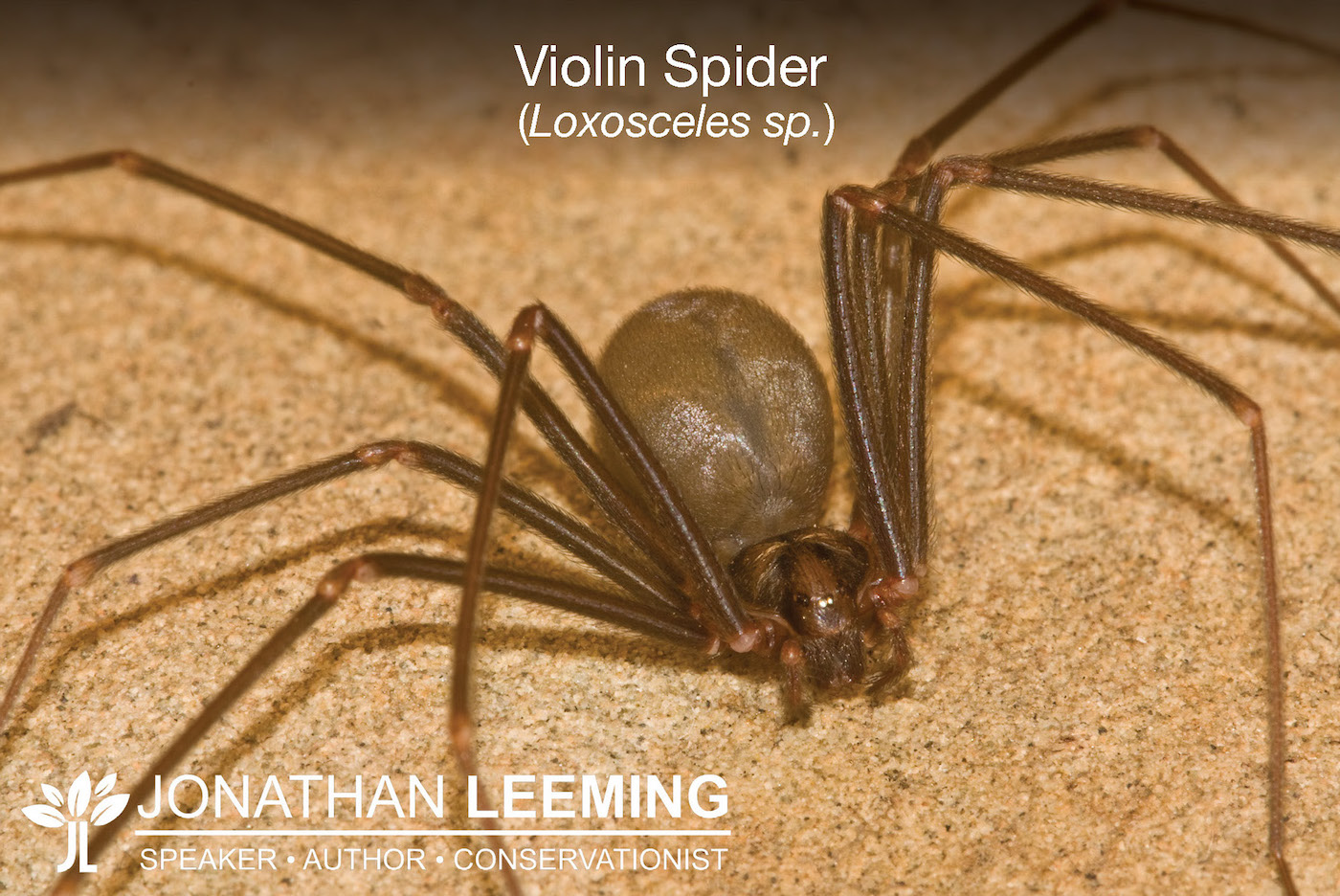

Several species occur in southern Africa, in a variety of different forms, all of which should be considered medically important.
Information on Violin Spiders has become so mixed up with misidentifications, hoaxes, rumors and general hysteria, that what we often regard as a “Violin Spider” is not a true Violin Spider. The average person cannot distinguish a Daddy Long-Legs Spider from a Violin Spider.
Identification characteristics are as follows:
Some species of Violin Spiders live in caves, others can be found in savanna habitats. In some areas it’s not uncommon to find them in houses. The number of bites from these spiders is grossly exaggerated due to the frequent misdiagnoses of bite-like symptoms.
Violin Spider and Sac Spider venoms are both cytotoxic, however, the symptoms are different. Numerous hoax emails have created an almost mythical reputation. In reality, bites from these spiders are not common.
The majority of Violin Spider bites occur at night, without the patient realising that they have been bitten. A significant number of bites also occurred when patients were putting on their shoes. Patients very rarely see the spider bite them; consequently, bites are usually noticed only a few hours later.
Patients with pre-existing medical conditions should consult a medical professional if they think they have been bitten by a Violin Spider. Also, if any of the following symptoms are experienced, the patient should see a medical professional.
If in any doubt about self-treatment, seek advice from a medical professional.

This content is the product of many hours of work based upon years of experience. If you found it useful or of value, then please consider a small donation to help me offer more content like this!
I'm on a mission to reduce the burden of spider bites and scorpion stings across Southern Africa!
Newsletter | Public Events | Books & Workbooks | Presentations | Activities |Professional Development | Shop
